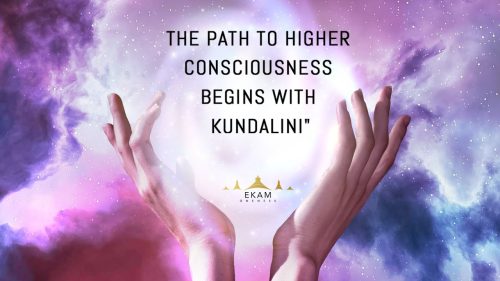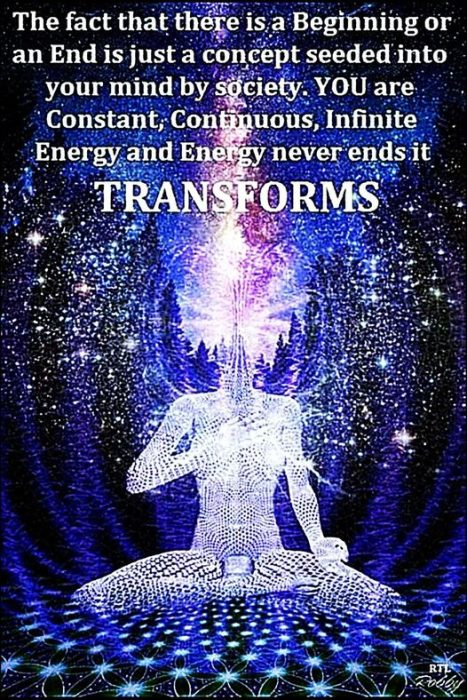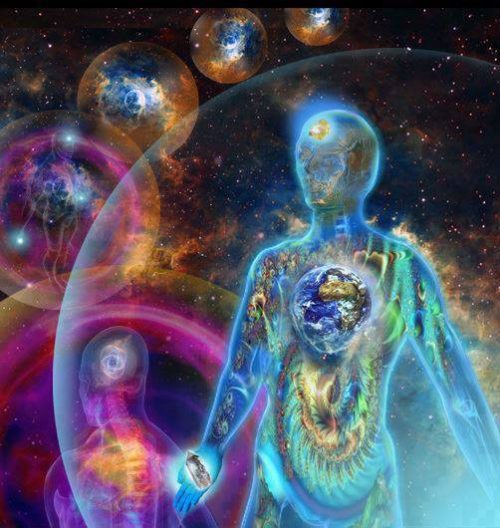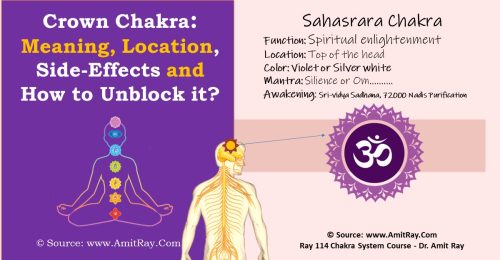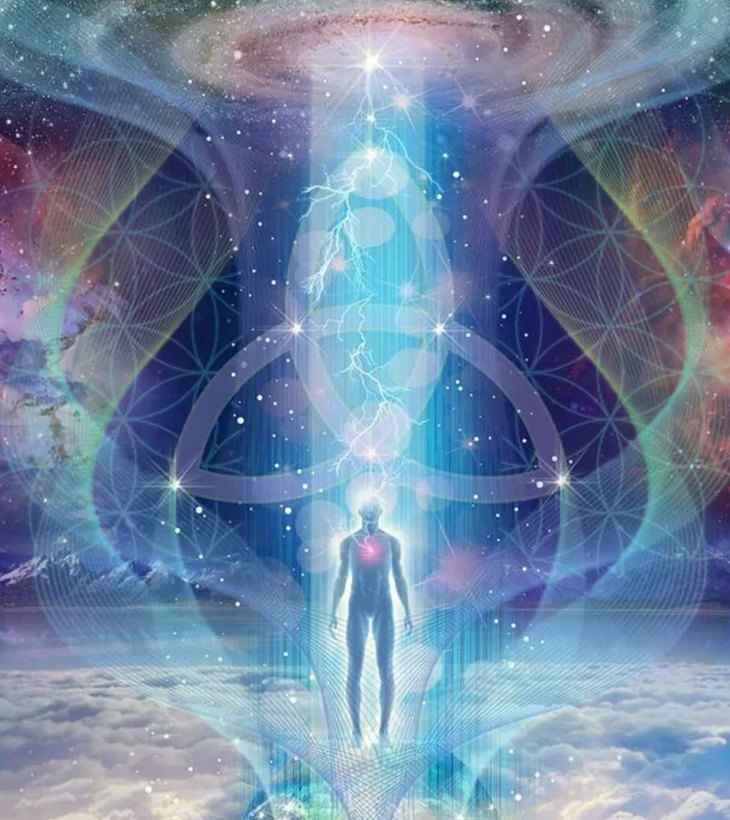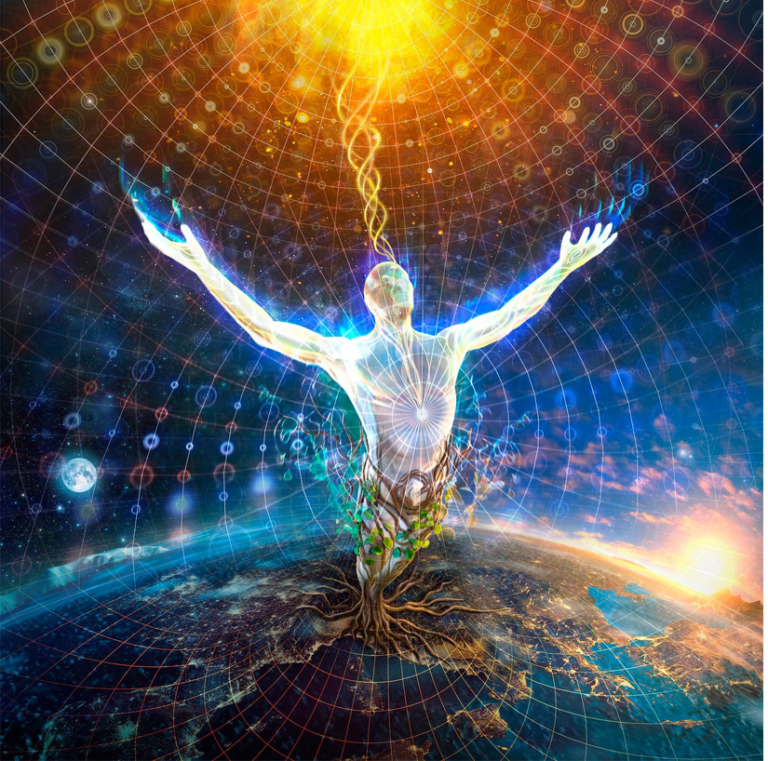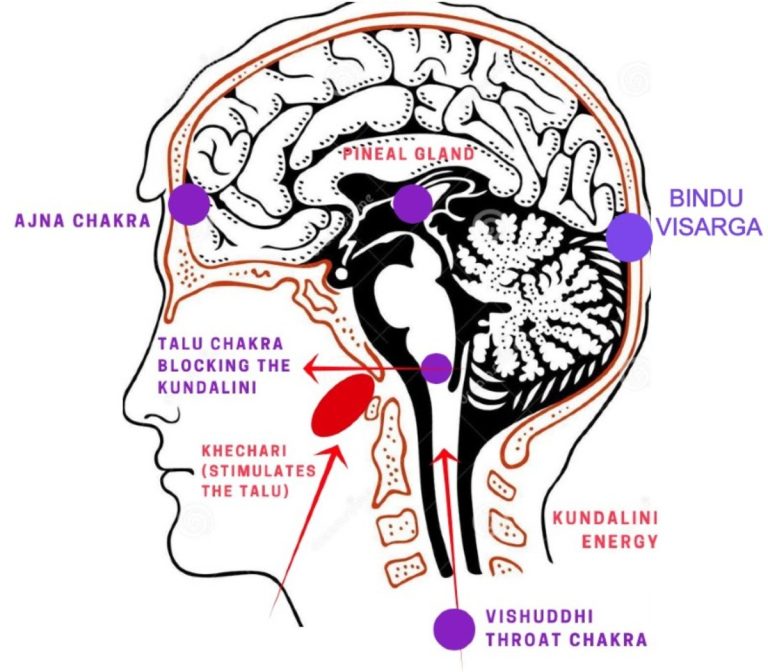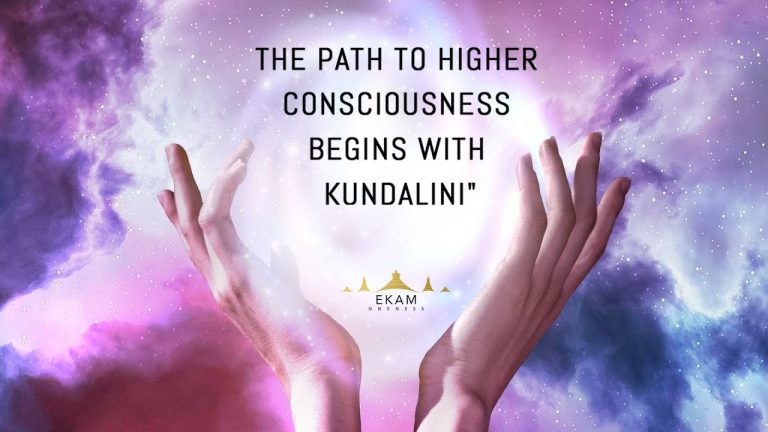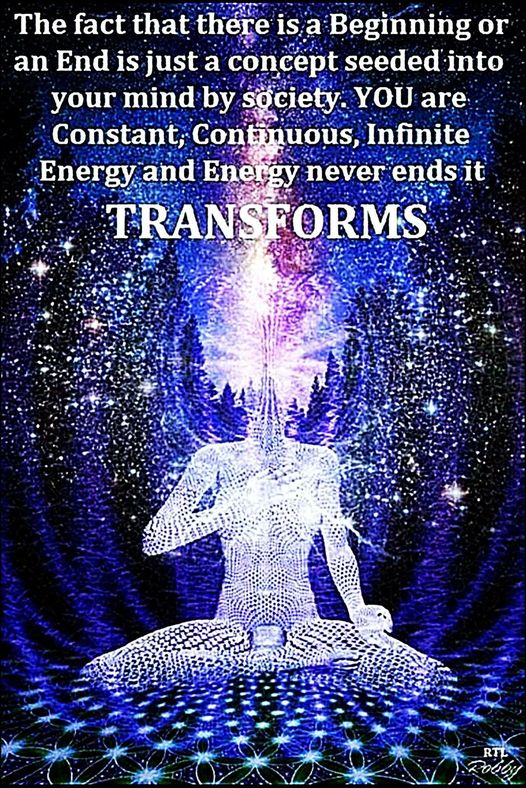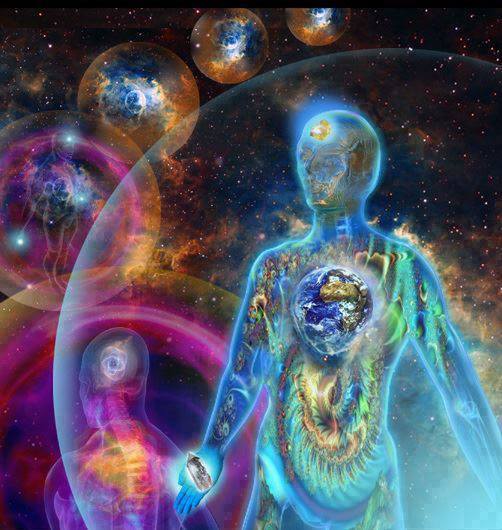
Kundali-power is in the nature of illumination. It first illuminates appropriate objects and then they are absorbed into it. When everything is absorbed, Kundalini as Supreme and splendorous power remains, and this power is all consciousness. This is not mental consciousness, as mind is fully absorbed into it. It is mind-transcendent consciousness —Kundalini-consciousness. When Kundalini comes to the sahasrara,-samadhi takes place.
The chakras are the reservoirs of prodigious powers, which are ordinarily latent. They can be unfolded by pranayama and concentration. These powers can manifest in the body as great vital, nervous and muscular strength, and in the mind as various unknown secret forces. They can also be manifested in the body in a wireless manner as superpowers.
But still deeper, there is the coiled central force, remaining as static support of the central dynamism (prana) which maintains all dynamic expression of energies.
The uncoiling of the coiled central force is an extraordinary occurrence in the human mind and body, in thoughts and actions. It is like a flood of splendorous divine force from which is being released a new form of consciousness which is not modified by what is called matter at all its levels, and is not dependent upon the mind which mentalizes consciousness.
Because of the coiling, this latent central force is called Kundalini. But the meaning of coiling or Kundalini is much deeper than its superficial significance, ‘latency’. Kundalini is in 3% coils in the muladhara, in 8 coils, one coil in each of the eight chakras, in 3% coils in the sahasrara and in 31/2 coils beyond sahasrara.
The first uncoiling of Kundalini takes place in the muladhara. Second, the uncoiling of the eight-coiled Kundalini, third the uncoiling of the sahasrara Kundalini, and finally Kundalini beyond sahasrara takes place.
The uncoiling is the process of dynamization of Kundalini occurring in four stages. When Kundalini is uncoiled it becomes the sole dynamism. This dynamism reaches a stage of bodilessness and mindlessness and again becomes static in the form of infinite, whole supreme consciousness.
It is something like a wireless or transistor set which receives almost all the vibrations
The pranic impulse consists of two principal factors which are exhibited in pranic motion. They are spiral and vertical. The spiral motion creates subtle dynamic graphs in the form of circles, called chakras; and the vertical motion causes the emergence of the sushumna field in which the chakras are systematically arranged. So the ‘coil’ is a fundamental factor which remains in static Kundalini as well as in dynamic prana.
The coil is the actual potency which is released both in coiling and uncoiling. When Kundalini begins to be uncoiled, the spiral pranic energy loses its dynamism and begins to be absorbed step by step into dynamic Kundalini. In this way, the chakras are absorbed into Kundalini.
When Kundalini is in coils, pranic dynamism essentially manifests as pranic radiations through the sushumna as centrifugal and centripetal motions without any cessation; and its spiraline aspect goes to the pranic chakras and activates the centralized pranic forces.
The pranic main currents and centralized pranic forces become more efficient functionally by nadi-shuddhi, when greater control influence is exercised on the body and mind. But when Kundalini begins to be uncoiled, the central ‘sushumnaite’ prana currents begin to ebb and the centralized pranic forces are gradually withdrawn into the main pranic current.
This is shown by the gradual decrease of the basal metabolism of the body and the cessation of the undulations of mental consciousness. The uncoiling of the 1/2 coil causes Kundalini to enter into the brahma nadi.
The uncoiling of the 3 coils produces control effects on the pranic forces, body and mind. The effects on the pranic forces are two: the absorption of the central pranic currents and the initiation of the Kundalini motion through the brahma nadi; and secondly, changing of the Kundalini motion to Kundalini radiation which causes the revitalization of the pranic forces and produces the nadishuddhi effects.
The effects on the body are also two: first, the body undergoes a state of motionlessness in a natural manner, and second, the body functions healthfully and more efficiently, when it goes back to the ordinary state.
When everything is absorbed, Kundalini as Supreme and splendorous power remains, and this power is all consciousness. This is not mental consciousness, as mind is fully absorbed into it.
It is mind-transcendent consciousness —Kundalini-consciousness. When mental consciousness operates in chitta, its material replica is found in the brain, and certain physical activities become conscious. Otherwise, nervous impulses, neuronal activities, organic and muscular actions, all are unconscious.
The power that is capable of absorbing mind and radiates nonmental consciousness light is Kundalini. Kundalini in its fullest manifestation is supreme consciousness.
The Kundalini-emanations exercise a control influence on the body and mind, and as a result, the physical and mental activities are fully regulated and forceful. The roused Kundalini withdraws prana in stages.
The first sign of pranic withdrawal is the natural establishment of asana in which an assumed body posture is held still, painless and effortless.
Second, a gradual decrease of animation, which is accompanied by a decrease of metabolism below the basal metabolic level, a diminution of vital activities and a prolonged breath-suspension occur. This is the stage of pranayama.
Third, a complete suspension of sensory functions occurs. This is pratyahara. Thereafter, the fully internalized consciousness undergoes the stages of dharana, dhyana and samprajfiata samadhi.
When Kundalini comes to the sahasrara, samprajfiata samadhi takes place. Then Kundalini absorbs superconsciousness and its root, prakriti, and thus being in a mind-transcendent state, it remains alone in asamprajfiata samadhi.
Finally, Kundalini, in the final stage of asamprajfiata samadhi, is entirely supreme consciousness, and its power aspect supports the infinite supreme beingness as real.
The roused Kundalini-energy is actually yama (control)-power which develops stage by stage as asana, pranayama, and pratyahara, and becomes sangyama (supercontrol) when dharana, dhyana and samprajfiata samadhi are attained.
Finally, sangyama is transformed into asamprajfiata samadhi, the supreme control power. So Kundalini may be termed samadhi force, or yoga power, Arawinda36 has aptly called Kundalini yoga-shakti (-power). Yoga power actually operates in Kundalini-yoga.
After the union with Supreme Shiwa, Kundalini goes back to the muladhara, and in its descent, the chakras, their powers and divinities—all are restored. This recoiling process is essentially the spiritualization of consciousness which functions in everyday life.
That is, it is a transference of spiritual reality, developed in concentrated consciousness, to sense-consciousness to be able to realize spiritual truth in our daily life.
In the uncoiling and recoiling of Kundalini, the practitioner of Kundaliniyoga experiences the Divine in its formless aspect in supreme concentration as well as in form in post-concentration waking consciousness. So Arawinda calls Kundalini a divine force.
